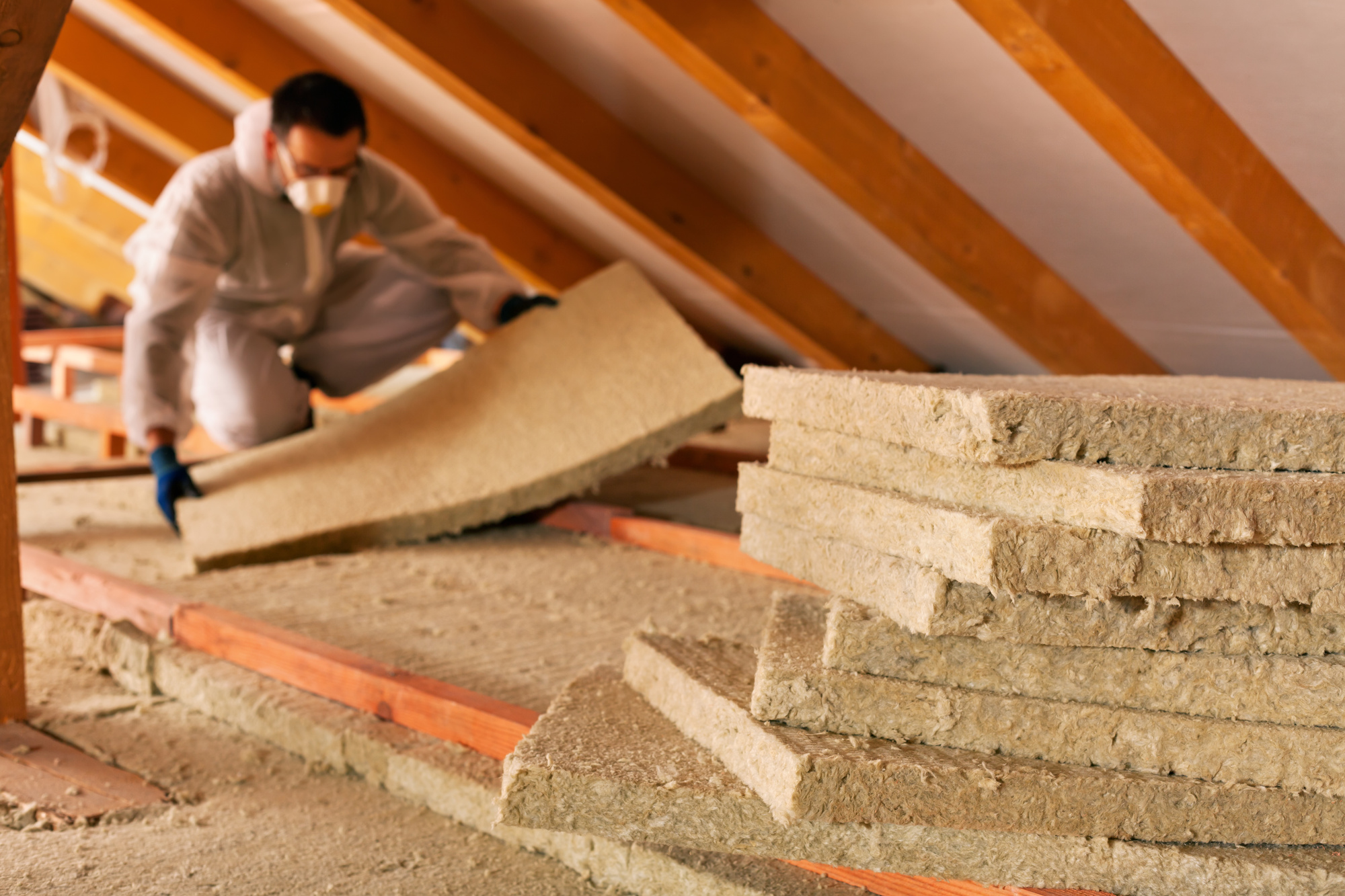Crawl Space Encapsulation: Everything You Need to Know
Your crawl space encapsulation is anything but reliable.
When it rains, water is likely to seep in under your floors. When the seasons change and heat rises, it finds its way to your ceilings. This spot is notoriously inconvenient and difficult to manage.
Thankfully, it doesn’t have to be! Crawl space encapsulation is a simple but effective process that leaves your interiors invulnerable to moisture.
For those looking to learn more, we’ve compiled a list of various crawl space encapsulation facts below.
Contents
What Is a Crawl Space?
Crawl space encapsulation is becoming a popular option for homeowners who are looking to maintain and improve their home’s energy efficiency. This encapsulation method puts a tight covering on the crawl space that helps to prevent any moisture, pests, and other elements from entering.
In an encapsulated crawl space, insulation also keeps heated or cooled air from escaping. This helps to reduce energy costs and contributes to a healthier home environment.
Challenges of Non-Encapsulated Crawl Spaces
Crawl space encapsulation is a system of membranes and drainage that helps to protect the environment of your crawl space from the outside. It also provides insulation to the interior of the space.
Additionally, there is an increased chance of structural damage as wood and other materials exposed to dampness break down more quickly.
Benefits of Crawl Space Encapsulation
Crawl space encapsulation is an important process of building an airtight and water-resistant barrier to rid your home of:
- musty odors
- mold
- high humidity levels
It helps to reduce the risk of water damage and provides a healthier environment for your home.
The benefits of crawl space encapsulation include improved indoor air quality, more energy efficiency and a reduction in energy bills, reduced risk of pest infestations, and extended life of your home.
Costs and Considerations of Encapsulating a Crawl Space
Crawl space encapsulation can prevent a significant amount of energy and money from being wasted due to water damage, mold, and mildew. The cost of encapsulating a crawl space varies depending on factors such as the:
- size of crawl space
- difficulty of installation
- quality of materials used
Generally, it is recommended to invest in quality and durable materials for encapsulating a crawl space, as this will increase the lifespan of the encapsulation and reduce the need for future repairs.
Cleaning a Crawl Space
Crawl space encapsulation cleaning is a process used to protect a home’s crawl space from humidity, water, mold, and other airborne pollutants. This process involves sealing the space with the following:
- vapor barrier
- waterproofing
- dehumidification system
This helps to reduce the amount of moisture, dust, and dirt entering the area, thus protecting it from the damage caused by these substances. Crawl space encapsulation cleaning can also help reduce energy costs. This is by providing an insulated barrier restricting airflow.
If you want to create a healthy and clean environment, learn more on crawl space cleaning to protect the home from expensive repair costs and health hazards.
Learn More About Crawl Space Encapsulation
Crawl space encapsulation is a cost-effective solution for improving the air quality, structural integrity, and foundation of your home.
From vapor barriers to sump pumps, encapsulating your crawl space comes with many benefits that can help you create a healthier living space. Contact a local contractor today for help with your crawl space encapsulation project!
Did you find this article helpful? Check out the rest of our blogs!

